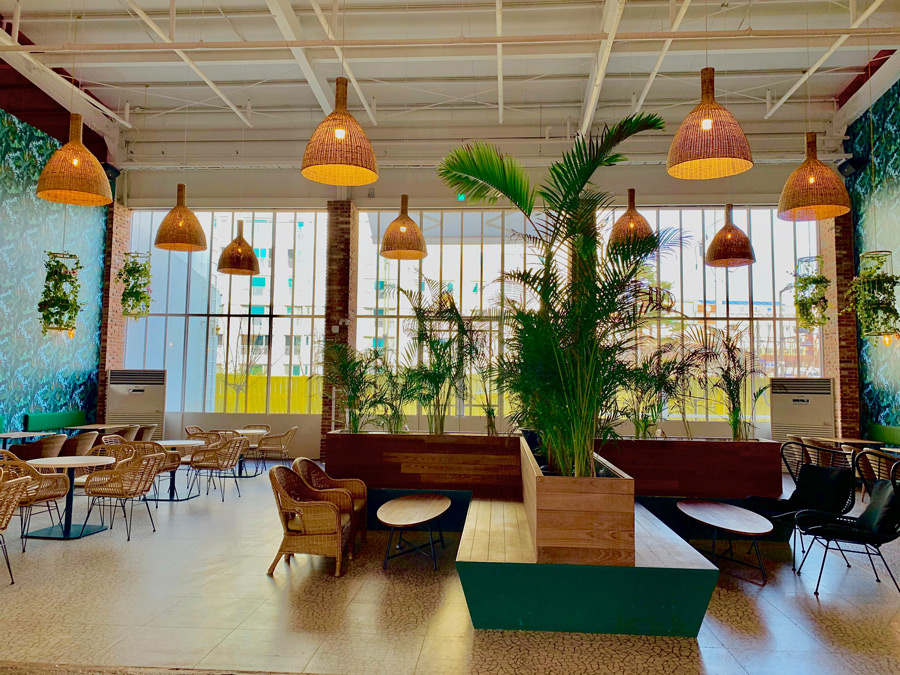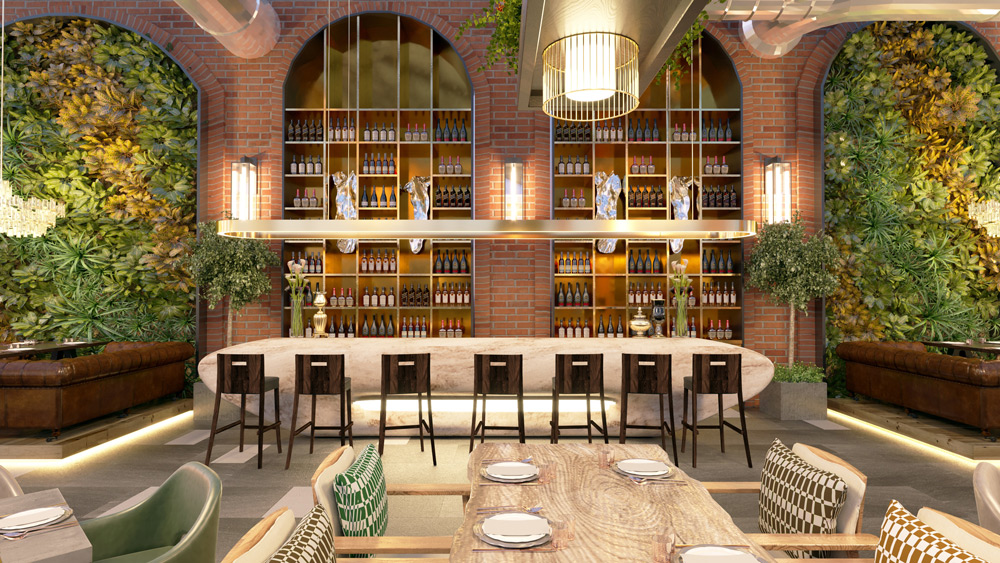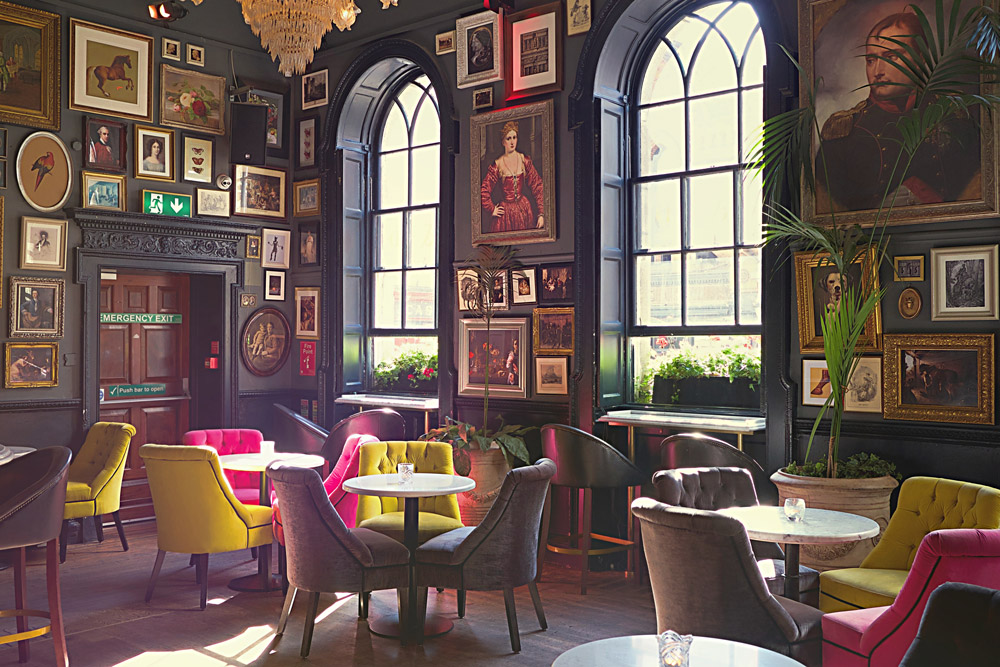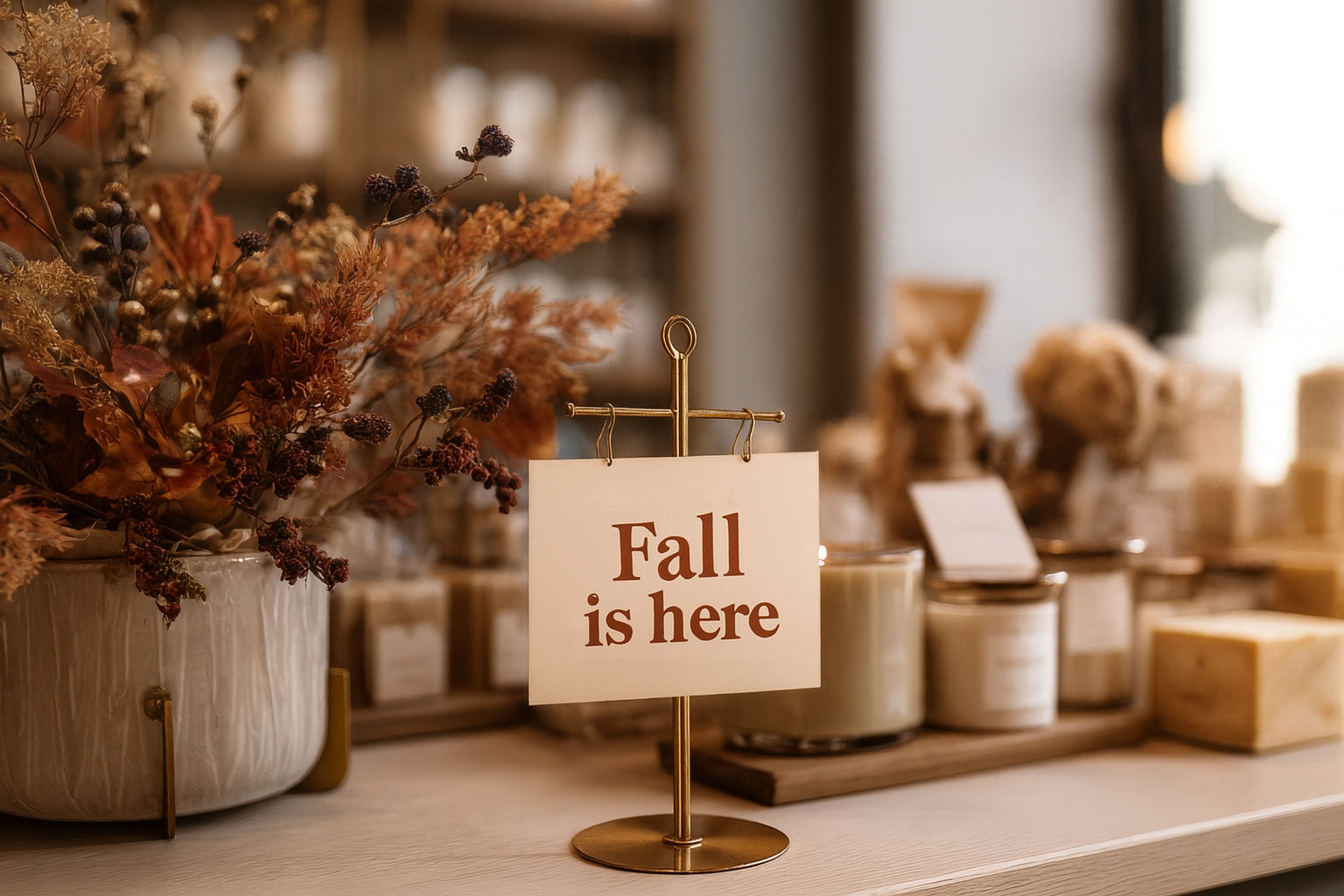If there’s one thing that’s certain in the world of restaurant and bar design, it’s that change is the name of the game. Over the years, we’ve seen everything from gilded, ostentatious decor to sleek and streamlined mid-century modern layouts. But as the decades have rolled on, so too have the trends in restaurant and bar aesthetics. The ’80s and ’90s brought us a delightfully eclectic mishmash of colors, patterns, and playful design elements. And in recent years, sustainability and eco-friendliness have taken center stage, along with a healthy dose of Instagram-worthy visuals that provide a feast for the eyes as well as the palate. Join us for a look at what’s hot and what’s next for restaurant and bar spaces.

Biophilia
From bringing the outside-in through jungle-like interiors sprouting with plants to creating spaces that walk a blurred line between interior and exterior, restaurants and bars are embracing the natural environments around them.
The Potting Shed at the Grounds of Alexendria, in Sydney, Australia, transports you to a homey garden with vines crawling along the walls, hanging baskets adorning the ceiling, and rustic furnishings you’d see in grandma’s farmhouse. It even houses a micro-herb greenhouse for the perfect sprinkle of flavor on their dishes or a tasteful garnish in a house-made cocktail.
Reflecting the outdoors through materiality is a streamlined, clean way of bringing the outdoors in like Terra, a Ukrainian restaurant, has done. The space uses internally illuminated, green, semi-transparent glass bricks that make up the tall columns in the main dining area and call to the lake just outside. Other sections of the space are covered in terracotta tiles, infusing the environment with an earthy feel reflective of the lush landscape while also nodding to the Ukrainian tradition of tiled fireplaces.

Environmentally Conscious Design
Aware and passionate about sustainable living, consumers are influencing the way we view and interact with our built environments. Just as upcycling and refurbishing have caught on in everyday life, we’re seeing restaurants, and bars lean into the old to create something new.
Sessions Art Club is located on the inside of an old courthouse, and you’d know it. Not just a fun fact about the building’s history, the brand built upon the raw, roughed-up look and feel of the space. The walls are layered with texture of chipped paint, and planked wooden floors reveal the building’s rich history. The furniture is picked from markets and salvage lots, humbly decorating the eclectic restaurant. Though not the core mission of Sessions Art Club, the brand has given an authentic response to growing concern over the environment by utilizing the perfectly functional, simply aged, existing resources they had access to, and the restaurant serves as an inspiration for responsible design.
Va Bene Cicchetti, a Sicilian restaurant based in Warsaw, Poland, comments on the effects of climate change through its interior that calls out rising sea levels. The use of striking teal tiled floors that climb up the bases of tables and kick-boards on the bar draw direct attention, contrasting the warm, reddish-brown tones in the rest of the space. As hollow statements around environmental impact continue to spew out of nearly every business, shifting the conversation to unexpected media and channels creates a lasting impact and memory.
Bold Immersion
Since spending an increased amount of time at home over the past few years, we’ve begun embracing the escapism our outside environments can provide, and we desire an experience that will transport us. People are also becoming more cognizant of their environments’ impacts on their wellbeing, and desire positive environments that encourage, inspire, and calm them.

Maximalism
Maximalism has come back into style, providing us with a feast for the eyes everywhere we turn. Ornate detailing, layers upon layers of decor, and rich textures and materials are working their way into our bars and restaurants. Nothing is left untouched by curated, exciting design in these vibrant, energetic, inspiring spaces. In Circolo Popolare, a liquor and wine collection that puts all others to shame is displayed on the walls; vibrant, flowering vines reach across the ceiling, touching down around the space; historic photographs and artworks hang wherever an empty space can be found; and a mix of furniture is used in every room.
Expect to see vibrant colors make a not-so-quiet entry into daily environments too. Shuggies, a pizza shop in San Francisco, transformed its space into mono-chromatic, bold rooms furnished with eclectic seating, decor, and art.
Minimalism
On the opposite side of the spectrum lies minimalistic environments, answering the desire for escape in the opposite way. With turmoil all around, these businesses take priority in creating a relaxing respite.
Take Origami, for example, the minimalist sushi spot nestled in the bustle of Dubai. Varieties of textures and materials are utilized to curate a visually interesting yet calm and cohesive environment. Industrial materials like the concrete and glass used in Origami are popular in contemporary minimalist designs, but as warmer neutrals come back into style, natural materials, such as woods, lighter linens, and warm tiles, have been making their renewed debuts.

Embracing the Curves
Curves, rounded edges, and organic shapes are becoming a staple in contemporary design. The curvy trend comes with a whimsical touch that can be felt through that same desire for new experiences and escapism. Many of these curvy spaces, inspired by design and architecture, are seen throughout traditional buildings around the globe, ushering in a notable turn away from our recent history of functionalism and a turn toward ornamentation and beauty.
Rosie and Tillie, an Indian restaurant, is full of flowing, interconnecting movement in the curves that fill the space. A central line of circular booths interplay with sloped, circular walls and interchanging colors from booth to booth, with a wavy-edged table extending out on the end. Chairs with curved backs and circular seats carry this flowing movement throughout the space with color-matching lighting fixtures arching above tables.

Tastefully Designed
These trends in restaurant and bar aesthetics not only offer exciting visual experiences for consumers but also reflect broader cultural and societal shifts towards eco-friendliness, sustainability, and a deeper connection with our surroundings. As we continue to grapple with the effects of climate change and the importance of responsible business practices, the design choices made by restaurants and bars take on an even greater significance. By embracing eco-friendly materials, repurposing elements, and creating immersive experiences, businesses can not only attract and retain customers but also demonstrate their commitment to the well-being of our planet. With the growing awareness of the mental health impacts of our environments, we can expect to see more businesses fully embracing these trends and prioritizing thoughtful and innovative design choices in the years to come.





